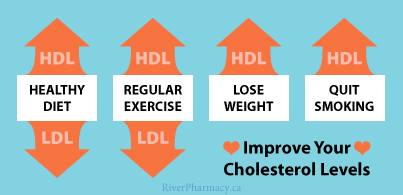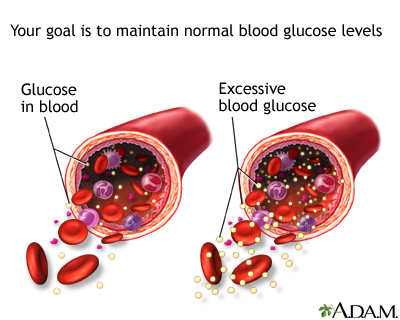Chiropractic research on disc degeneration has gained attention in recent years. Several studies have explored the effectiveness of chiropractic care in managing disc degeneration and related symptoms. Here are some key findings from relevant research: A systematic review published in The Spine Journal in 2018 assessed the outcomes of chiropractic treatment for degenerative disc disease. The study concluded that chiropractic care can provide significant improvements in pain reduction and functional outcomes for patients with disc degeneration. Another study published in the Journal of Manipulative and Physiological Therapeutics in 2014 evaluated the long-term effects of chiropractic care for chronic low back pain, including disc degeneration. The findings suggested that chiropractic treatment can lead to sustained improvements in pain and disability over a one-year period. In a randomized controlled trial published in the Journal of Manipulative and Physiological Therapeutics in 2009, researchers compared the effectiveness of chiropractic care and exercise therapy for chronic low back pain with disc degeneration. The study concluded that both treatments can provide significant pain relief, but chiropractic care showed additional benefits in terms of disability reduction.
While these studies suggest that chiropractic care can be beneficial for individuals with disc degeneration, it is important to note that individual outcomes may vary. It is advisable to consult with a qualified chiropractor or healthcare professional to determine the most appropriate treatment approach for your specific condition.











